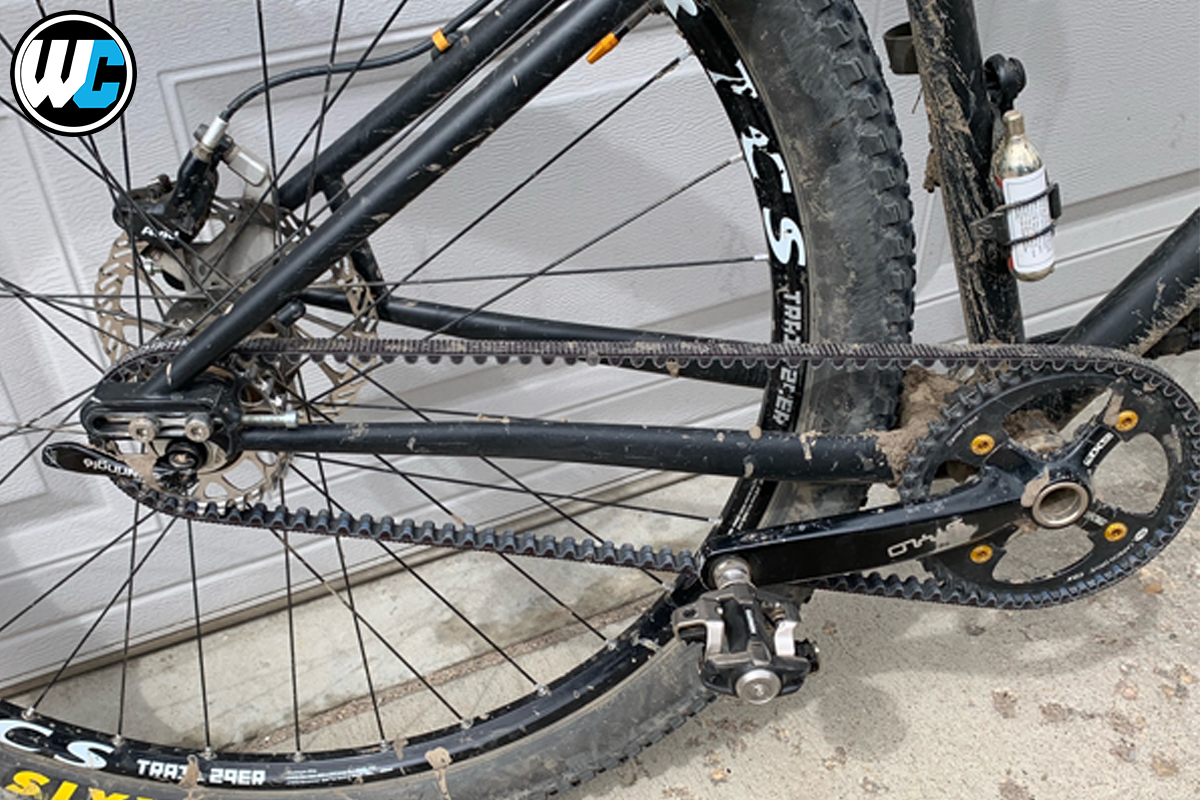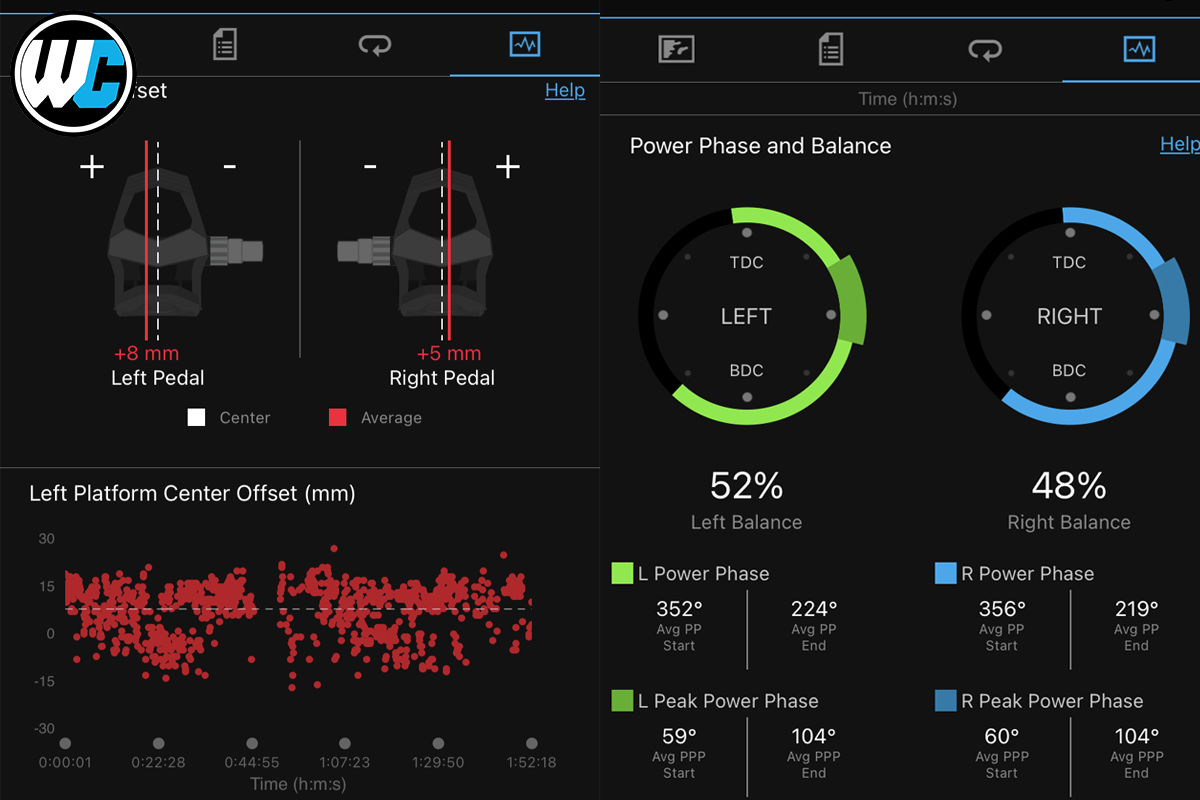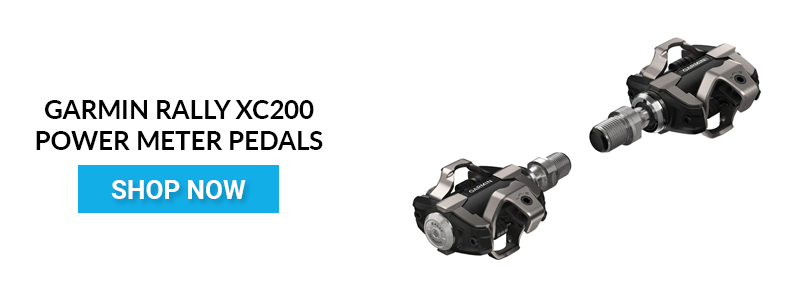- Continue Shopping
- Your Cart is Empty
Garmin Rally XC200 Power Meter Pedals [Rider Review]
Our "Rider Review" article series features the honest reviews from verified purchasers of Worldwide Cyclery. They contain the photos, thoughts, feedback & overall review you are looking for.
Looking to to step up your training or your riding efficiency? Take a look at the Garmin Rally power meter pedals. Not only does the pedals calculate your power output, they also show your pedal efficiency! Our friend, Jeremy has been running the pedals. See what they think!

Overview
Full disclosure, I am not a competitive cyclist, just a junky. They say the first step to recovery is admitting you have a problem. My problem has become an obsession with numbers. A smart trainer was my gateway drug. It started out innocent enough, as a way to stay in better shape during the off-season/ winter. Now it has grown into a full-blown addiction. All the power….. I need it all.
I found myself constantly thinking about power/metrics when I rode outside. I regularly ride up to four different bikes, all potentially a chance to feed my data addiction. How do I get power data from all of them in a cost-effective manner? Do you have a separate power meter for each bike? I guess you could figure out a system for each bike, be it crank arm or spider. In my opinion, it would be easier to have one ring to rule them all. The Garmin Rally XC200 is that ring. The pedals are easily transferable between bikes (<4min… I’ve timed it). Heck, you could even ditch the smart trainer and ride an old-school fluid/wind trainer and get similar results using the power info from the Garmin Rally pedals. I’ve run the pedals on the smart trainer (Saris H3) and found them to be almost an exact match.

There are only three potential drawbacks the way I see it.
One is the weight. These are not super light pedals, so those of you trying to trim every ounce off your bike might be better off with a crank arm design…for each of your bikes. They come in at 448 grams, vs 355g for the Crankbros Candy 2s I was running. A whopping 93g weight difference. To me, that’s not huge and It’s something I feel like I could potentially stand to lose in the gut by eating a few less fries here and there.
The second negative is that I can’t attest to their ability to take a beating. Gravel bike, Fat bike, road bike, XC bike fine, but I don’t know how well the pedals will enjoy spending a ton of time on your slacked-out downhill bro sled. I can’t imagine that strict downhillers care about power data, maybe the euro riders. That being said, I’m not even certain the crank arm/other options would fair much better with the beating those folks dish out. For me, the most I’m willing to push it is on my belt-driven single-speed hardtail where I know I’m less likely to have many pedal strikes. Don’t get me wrong, they’ve bounced off a root and rock here and there. They remain accurate and I haven’t seen any major issues from mud/dirty/rain/snow yet.
Lastly, the biggest drawback is all the information! I have these paired with a Garmin Edge 530 head unit and the amount of information is massive. The analytics go far beyond what any smart trainer can do. Great ready for information on Power Phase (I’ve now found myself trying to utilize more of the full pedal stroke because of this information). Cleat offset (might be something to play with for those with knee pain). Right/left leg power percentages (I would have thought my differences would be larger since my dominant leg is a bit larger). Standing vs sitting time, (I’m not sold that this is the most accurate since may not account for all the downhill coasting on an MTB.) It’s a lot of info, even for us recreational riders. Lots of info to geek out on.
Final Thoughts
This is one of those purchases where if I had a chance to do it again I would in a heartbeat. My biggest struggle is with the temptation to move them to my full suspension bike for the more aggressive downhill rides. While Strava gives you a decent estimate of the power for your ride, it’s not the same as the cold hard data and not nearly enough detail for those of us with a problem.






